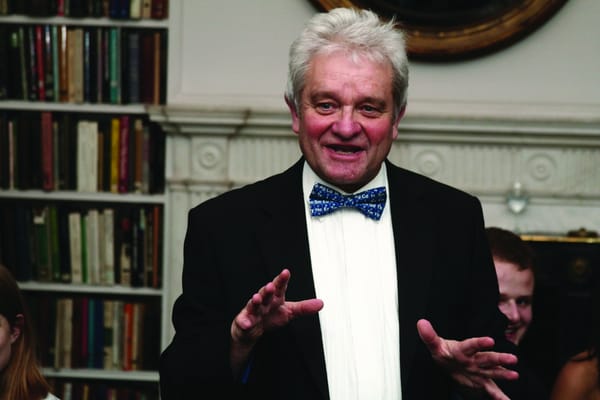Wolves help predict climate effects
Evolution linked to climate change, say Imperial

Scientists at Imperial College have devised an evolutionary model based on climate change and a study of grey wolves.
It has long been known that environmental factors play an important role in the evolutionary development of species. This is best exemplified by the fact that the same species may have a different phenotype when living in different environments. For example, grey wolves’ coat colour is dependent on their location. Recent changes in the climate have also led to drastic changes in certain species, such as the rapid physical shrinkage of the polar bear.
Predicting the influence of these environmental changes on species’ development is important, especially for species at the top of the food chain, as their development influences changes lower down the chain.
Professor Tim Coulson of the Life Sciences Department of Imperial College and his colleagues observed a group of 150 grey wolves (Canis lupus) in Yellowstone National Parkfor the duration of 15 years. The scientists tracked the wolves’ reproductive success, genotype and body weight and mapped these against the environmental changes in the park. With this data they created a mathematical model that can predict future evolutionary changes in the observed factors in the grey wolf species.
The wolves were exceptionally good subjects for the study as they had only been introduced to the Yellowstone Park in 1995, after humans populating the area had driven them out of their original habitat. The wolves in Yellowstone National Park are therefore all descended from the original pack that moved into the park. The Yellowstone Park is a closely monitored nature reserve, and so a lot of data is available on the changes that occurred within the park over the decades.
The results showed that overall changes in the environment had a greater impact on wolf populations than year-to-year fluctuations. Another important result was that changes in the wolves’ characteristics depend on which part of the wolf’s life cycle is most impacted.
The model will now be applied to a wide variety of species to see if it is globally applicable. Unfortunately, such extensive data as for the Yellowstone National Park wolves is not available for many other species.
If the model works more globally, it can be used in helping to set conservation policy.







